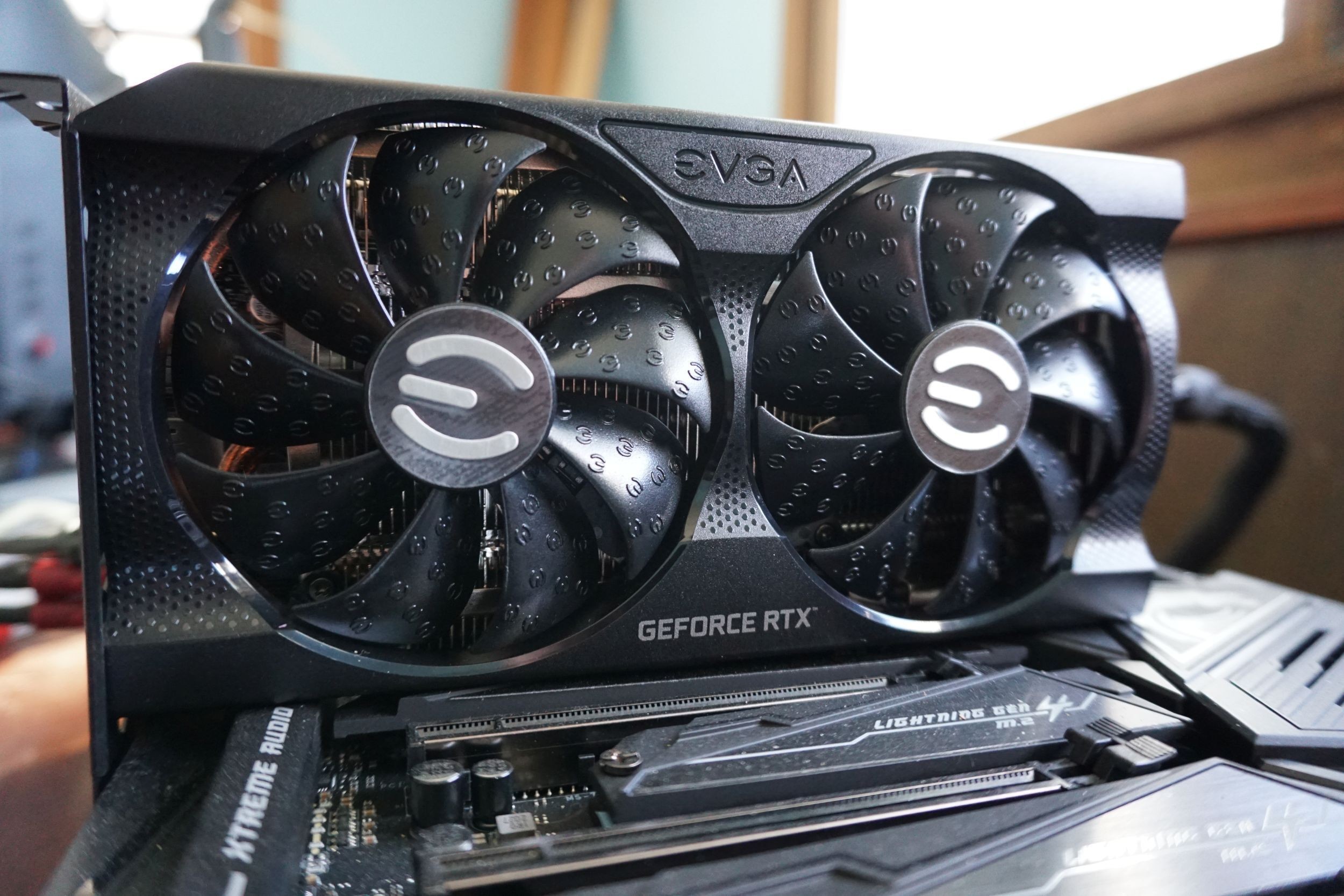The AMD Radeon RX 6600 and Nvidia GeForce RTX 3060 are both vying for the title of best 1080p graphics card. Both GPUs target the same market, but which comes out on top in this hotly contested battle? This article breaks down the RX 6600 vs RTX 3060 comparison, examining performance, price, and key features to help you decide which card best fits your needs.
Price and Availability: A Shifting Landscape
While both cards launched with a $329 MSRP, real-world pricing tells a different story. The ongoing chip shortage has significantly inflated prices, making it challenging to find either GPU at its suggested retail price.
Historically, the RTX 3060 has suffered from more extreme price hikes, often exceeding $800 in the second-hand market. While the RX 6600 also sees inflated pricing, it tends to be more readily available and often sits in the $400-$500 range. Finding either card at MSRP is unlikely, but the RX 6600 generally offers a slightly more realistic price point in the current market.
Performance: A Close Contest in 1080p Gaming
The RX 6600 features 8GB of VRAM, while the RTX 3060 boasts 12GB. However, for 1080p gaming, 8GB is generally sufficient, making this difference less critical. Both cards offer performance-enhancing features: AMD’s FidelityFX Super Resolution (FSR) and Smart Access Memory (SAM) compete with Nvidia’s Deep Learning Super Sampling (DLSS) and ray tracing capabilities.
In raw performance benchmarks (without DLSS or ray tracing), the RX 6600 often trades blows with the RTX 3060 in 1080p gaming. The RTX 3060 may pull ahead slightly in some Nvidia-optimized titles. However, the RX 6600 consistently delivers high frame rates at maximum settings in most games, making it a solid contender for 1080p gaming.
Ray Tracing: Nvidia Takes the Lead
When it comes to ray tracing, the RTX 3060 showcases its superiority. Its dedicated hardware delivers a significantly better ray tracing experience compared to the RX 6600. Even without DLSS and FSR, the difference is noticeable.
If ray tracing is a priority, the RTX 3060 is the clear choice. However, for traditional rasterized gaming, the RX 6600 provides comparable performance at 1080p.
Power Consumption: Efficiency Wins
The RX 6600 shines in power efficiency with a TDP of 132W, significantly lower than the RTX 3060’s 170W. This translates to cooler and quieter operation, making the RX 6600 a more power-friendly option. This efficiency has also made the RX 6600 attractive to cryptocurrency miners.
The Verdict: A Close Call Dependent on Price and Priorities
Choosing between the RX 6600 and RTX 3060 depends on individual needs and budget. The RX 6600 generally offers better availability and a potentially lower price in the current market. It excels in 1080p gaming and boasts superior power efficiency. However, the RTX 3060 provides a significantly better ray tracing experience and may offer slightly higher performance in certain games.
If ray tracing and DLSS are essential, the RTX 3060 (or even the RTX 3060 Ti) is the better option. However, for pure 1080p gaming performance without ray tracing, and considering the current market realities, the RX 6600 often presents a more compelling value proposition. Ultimately, the best choice hinges on finding the best price-to-performance ratio within your budget.

